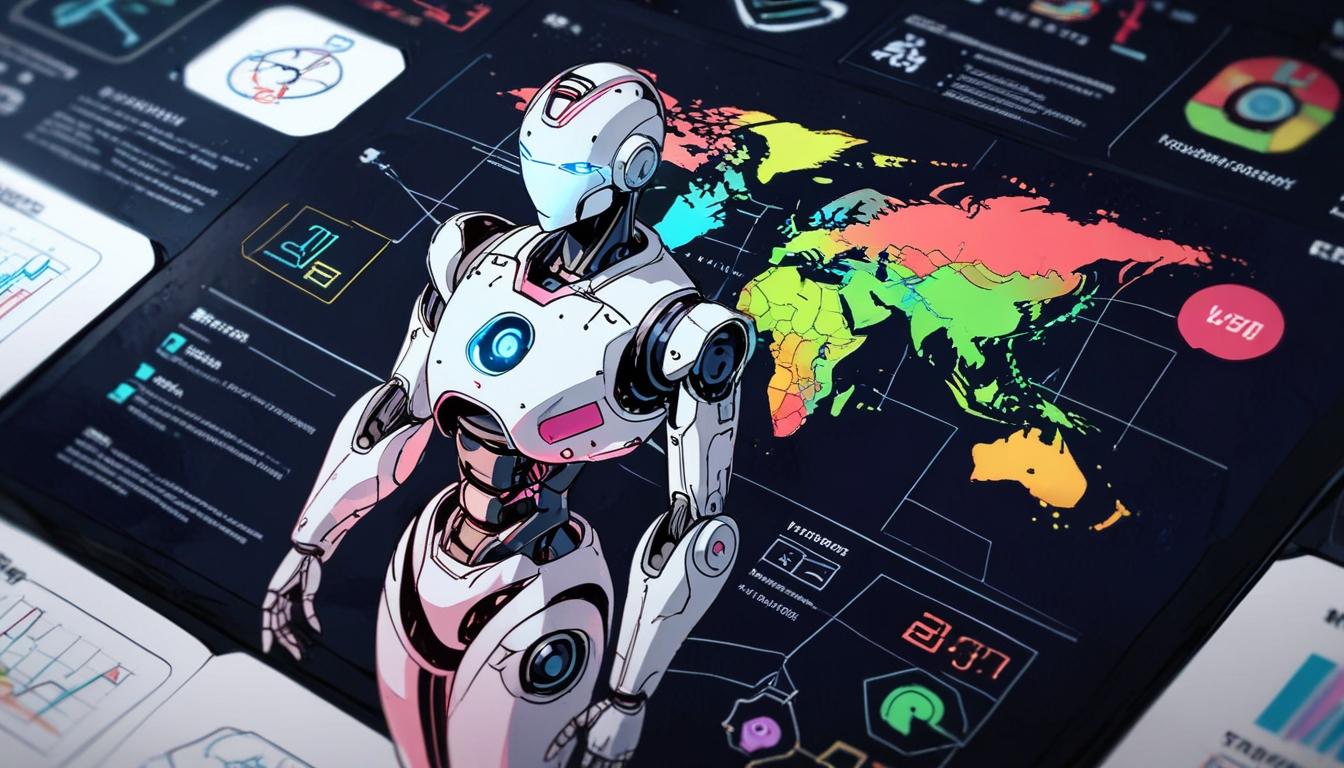The global Artificial Intelligence (AI) Robotics market is poised for significant expansion, with projections indicating substantial revenue growth over the coming years. According to a comprehensive study by HTF Market Intelligence consulting, the market value is expected to escalate from USD 0.207 trillion in 2024 to approximately USD 1.3 trillion by 2031, demonstrating a compound annual growth rate (CAGR) of 36.2% during this period.
This research provides an extensive analysis of the AI Robotics sector, capturing market size, trends, and forecasts up to 2031. The study encompasses detailed data and insights designed to assist managers, analysts, and industry experts in understanding key market dynamics—including growth drivers, opportunities, challenges, and competitive positioning.
Artificial intelligence in this context refers to computer systems’ ability to simulate human intelligence processes such as learning, reasoning, and self-correction. The AI Robotics market integrates various subfields like machine learning, deep learning, computer vision, and natural language processing, facilitating machines and systems to perform tasks ranging from visual perception to decision-making. These technologies apply broadly across industries including healthcare, manufacturing, finance, entertainment, defence, education, and personal assistance.
Key industry players examined in the report include prominent US-based companies such as Miso Robotics, Cruise, AMP Robotics, Piaggio Fast Forward, Starship Technologies, Brain Corp, Outrider, Skydio, Diligent Robotics, and Perceptive Automata. These companies represent a spectrum of innovation within AI Robotics, covering service robots, industrial automation, military and defence applications, law enforcement, healthcare assistance, education and entertainment, and personal caregiving.
Significant trends highlighted include the emergence of multimodal AI systems, growth of generative AI applications, increasing deployment of edge AI solutions, and the democratization of AI technology via no-code and low-code platforms. Market drivers are primarily rooted in widespread adoption of AI Robotics for automation, operational optimisation, and predictive analytics, all supported by advancements in computational power and algorithm development.
The report also identifies strategic opportunities involving the integration of AI Robotics with Internet of Things (IoT) technologies to develop smart infrastructure, enhance personalised healthcare diagnostics, and contribute to climate change mitigation through optimised resource management.
Challenges confronting the AI Robotics market include concerns around data privacy, the potential for algorithmic bias, the substantial computational resources necessary for AI systems, and the complexity of interpreting decisions made by sophisticated models.
Geographical analysis reveals North America as the dominant region, driven by technological leadership and investment, while the Asia-Pacific region is recognised as the fastest-growing market, reflecting significant uptake and expansion potential. The study examines detailed regional market behaviours covering the Middle East and Africa, North and South America, Europe, and Asia-Pacific countries.
In terms of recent developments, the report recalls notable activities such as Amazon’s acquisition of iRobot in August 2022. This strategic move allowed Amazon to strengthen its position in the home robotics market by leveraging iRobot’s expertise and combining it with Amazon’s substantial financial and technological resources.
The AI Robotics market is segmented by application (including public relations, stock management, and others), type (such as service and industrial robots), industry verticals (military and defence, law enforcement, healthcare, education and entertainment, personal assistance), technology (machine learning, computer vision), deployment mode (on-premises, cloud-based), and geography.
The report outlines several objectives, such as forecasting market size and share, analysing micro-markets and growth trends, detailing factors influencing market growth, and assessing competitive strategies like research and development, partnerships, acquisitions, and product innovation.
To summarise, the Artificial Intelligence Robotics market displays robust growth potential driven by technological advancements, diversified applications, and increasing adoption across global industries. The sector’s evolution is supported by strong investments in innovation and strategic collaborations among key market players worldwide.
The information presented is derived from HTF Market Intelligence’s detailed report on the global Artificial Intelligence Robotics market, providing valuable insights for stakeholders seeking to navigate this rapidly developing field.
Source: Noah Wire Services
